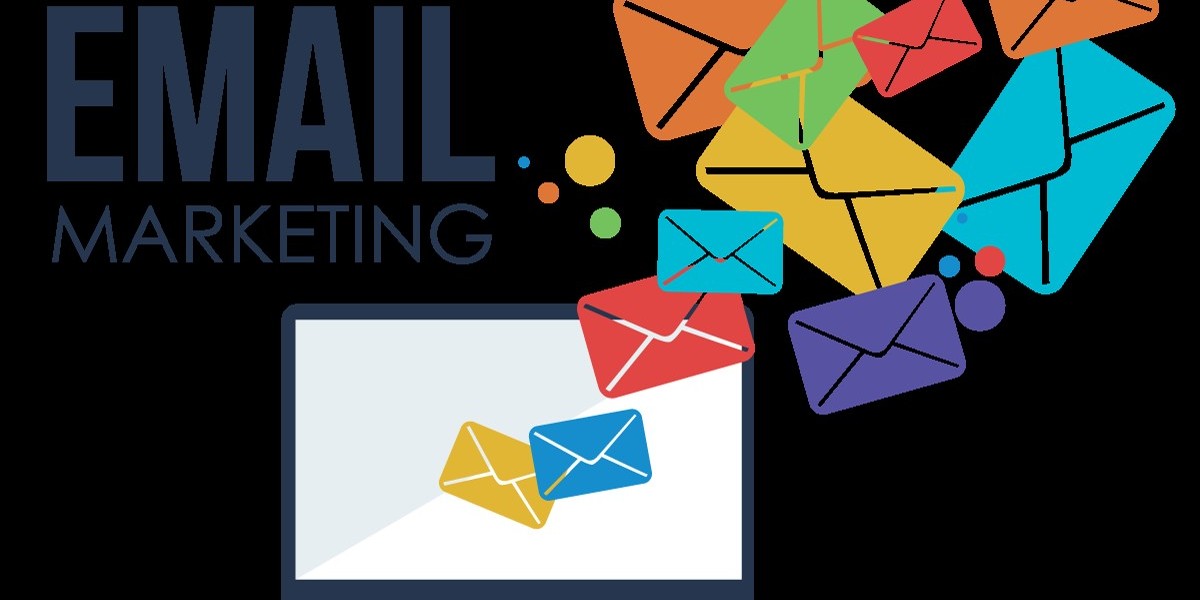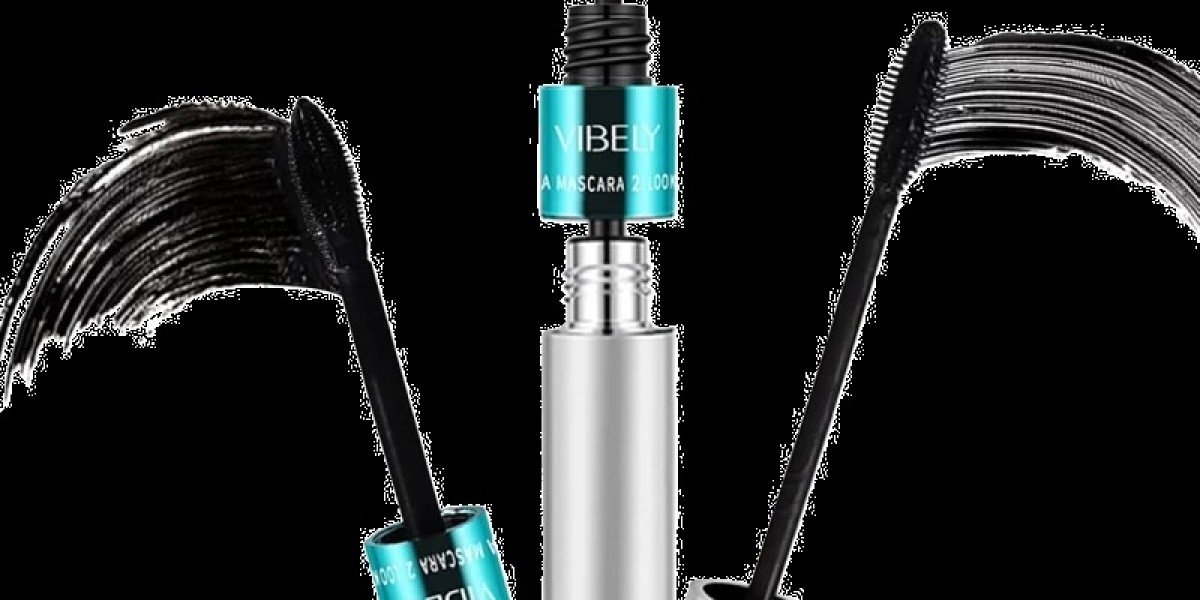Picture this: you've spent hours crafting the perfect email for your audience, but once you hit send, it gets lost in inbox limbo. Ever wondered why? It might just be the subject line. In email marketing, subject lines are the gatekeepers to your content. If they don’t intrigue, no one clicks. Today, we’re diving into the art and science behind crafting subject lines that not only get noticed but also boost your open rates. Ready to learn how to turn your emails into inbox must-reads? Let's get started!
Why Subject Lines Matter in Email Marketing
The Role of the Subject Line in Email Campaigns
Think of the subject line as a headline for your email—it’s the first impression and your one shot to hook readers. In email marketing, a powerful subject line can mean the difference between a high-performing email and one that sinks unnoticed. Every word counts when you're vying for attention in crowded inboxes.
First Impressions Count – How Subject Lines Capture Attention
Imagine you’re at a bookstore browsing titles. The ones that catch your eye make you stop and explore, right? Email subject lines work similarly. They need to stand out in a sea of messages and immediately make the reader curious. It's about sparking interest and giving them a reason to open the email.
Understanding the Science of Subject Lines
The Psychology Behind Subject Line Appeal
Why do certain phrases or words work like magic in email marketing? It all boils down to psychology. Humans are naturally curious, and when we see something unexpected, our brains perk up. By using words that evoke emotions or spark curiosity, you’re not just selling a product or idea—you’re tapping into a fundamental aspect of human nature.
How Curiosity Drives Higher Open Rates
Curiosity may have killed the cat, but it’s gold for email open rates. Subject lines that tease or hint at something inside the email without giving away too much often drive better results. Think “You won’t believe what’s inside!” or “This secret could change everything.” When done right, curiosity-driven subject lines entice the reader to click, desperate to find out more.
Elements of a Compelling Subject Line
Length Matters – Optimal Subject Line Lengths
Shorter is often sweeter when it comes to subject lines. For mobile users, aim for around 30-50 characters, so it fits neatly on their screens. Longer subject lines can be powerful too, but keep them concise and avoid cluttering with unnecessary words. Testing different lengths can help you find the sweet spot for your audience.
Using Power Words and Emotional Triggers
Words are powerful, especially in email marketing. Certain terms can spark emotions, making readers more likely to open the email. Words like “exclusive,” “urgent,” and “new” generate excitement, while others, like “free” and “sale,” tap into our desire for a good deal.
Examples of Power Words That Spark Interest
Want to grab attention? Here are some top power words to consider:
“Limited-time”
“You’re invited”
“Exclusive offer”
“Last chance”
“Unlock now”
These words play on our emotions, making us feel special or like we’re about to miss out on something valuable.
The Art of Personalization
Why Personalization Works in Email Marketing
Ever seen an email that calls you by name? Personalization makes an email feel like it’s crafted just for you, which increases the likelihood of engagement. When you personalize, you’re not just sending an email—you’re creating a connection. Adding the recipient’s name or referencing their past purchases can create a sense of familiarity and trust.
Techniques for Adding Personalization to Subject Lines
Apart from names, you can also personalize based on location, past purchases, or browsing history. A subject line like “Special offer just for you, [Name]!” feels exclusive and tailored. Try segmenting your audience and creating dynamic subject lines to make emails feel more relevant to each recipient.
Types of Subject Lines That Drive Engagement
Curiosity-Driven Subject Lines
Subject lines that keep readers guessing are often the most effective. Phrases like “You won’t believe this” or “Guess what we have for you?” are playful yet effective, sparking just enough curiosity to make people click.
Question-Based Subject Lines
People love answering questions, even subconsciously. Try using subject lines that ask engaging questions, like “Ready to elevate your game?” or “What’s holding you back?” This tactic draws readers in, making them eager to see if the email has the answers.
“Fear of Missing Out” (FOMO) Tactics
The fear of missing out is a huge motivator. Subject lines like “Last chance!” or “Only a few spots left!” tap into FOMO and encourage immediate action. Nobody likes missing out, and using this in your subject lines can be a game-changer in email marketing.
A/B Testing and Refining Your Subject Lines
Why A/B Testing is Essential in Email Marketing
Guesswork is no way to approach email marketing. A/B testing—where you test two versions of a subject line to see which performs better—lets you optimize based on actual results rather than assumptions.
Tips for Effective A/B Testing in Subject Lines
To get the most from A/B testing, change only one element at a time, like length or tone. This way, you’ll know exactly what made the difference. Over time, you’ll learn what resonates best with your audience and build on your successes.
Common Mistakes to Avoid in Subject Lines
Overuse of Capital Letters and Punctuation
Excessive use of caps or punctuation can make subject lines look spammy. Avoid shouting in all caps like “OPEN NOW!!!” Instead, keep it clean and professional to prevent readers from hitting delete or, worse, marking it as spam.
Spammy Words That Can Land Your Email in the Junk Folder
Certain words and phrases are spam triggers in email marketing, including “free money” or “click here now.” These can cause emails to get flagged and sent straight to spam, so avoid them whenever possible.
Tools to Improve Your Subject Lines
Email Marketing Tools with Subject Line Analyzers
Many email marketing tools come with built-in subject line analyzers to help you optimize your email’s first impression. Tools like CoSchedule’s Headline Analyzer or Send Check It allows you to test and refine your subject lines for the best results.
How AI is Changing Subject Line Creation
Artificial intelligence is playing a big role in email marketing, especially in crafting optimized subject lines. AI tools analyze tons of data to recommend phrases and structures that are more likely to boost open rates. It’s like having a subject line expert at your fingertips.
Conclusion
Crafting compelling subject lines is both an art and a science. From psychological triggers to power words, personalization, and A/B testing, there’s a lot to consider in creating that perfect line. Now that you’re armed with strategies, tips, and tools and know a lot about email marketing, go ahead and start experimenting! Remember, every audience is unique, so keep testing until you find what works best for yours. Happy emailing, and may your open rates soar!







